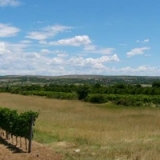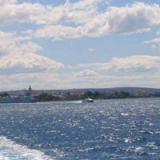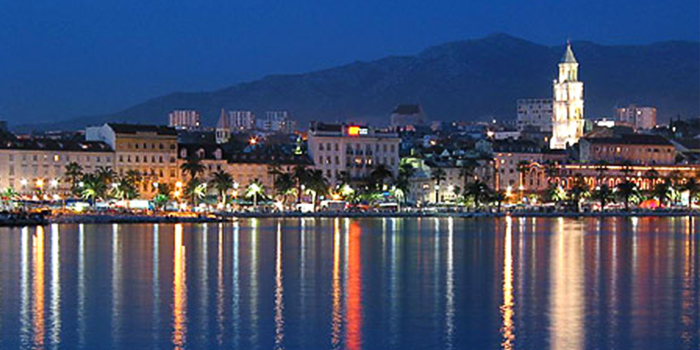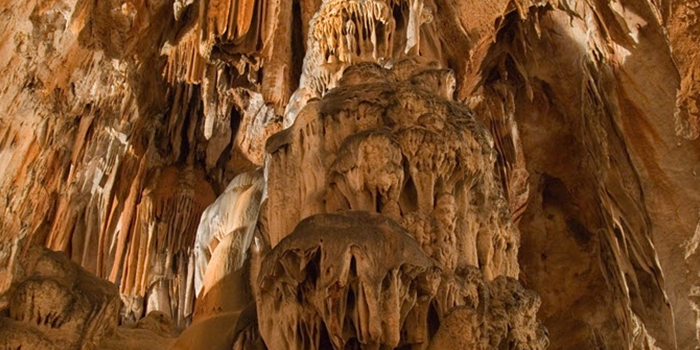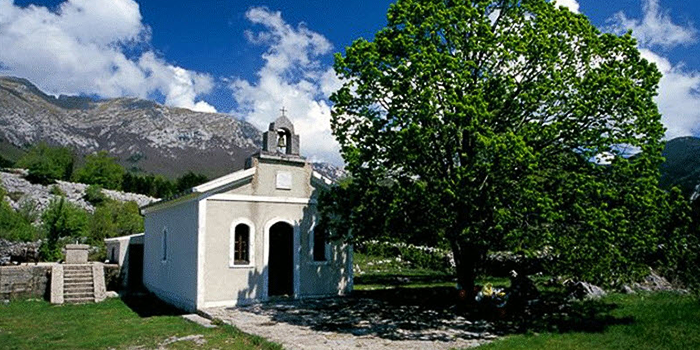Zadar
Zadar
Zadar is a typical Adriatic town and the region centre of economy, administration, transportation and culture. The original part of the town is located on the low peninsula by the natural harbour. The harbour is open for international transportation and has a borders and two important connections with Italy, Rijeka – Rab – Zadar – Split, Hvar – Korcule – Sobra – Dubrovnik – Bari and Zadar – Brbinj – Ancona.. The railway connects Zadar with Split and Zahreb. The airport is near the town Donji Zemunik. Zadar has a couple of scientific and cultural institutes, including Art faculty at Institut of Croatian academy of science and research, historical archive, and museums. Between years 1409 and 1797 was Zadar under the control of Venice, after that under the control of Austria, besides years 1805 – 1813, when was Zadar under the control of France. After 1st war became to be part of Italy and in the year 1944 came to be part of Croatian. During a second war often bombed and was the one of the most destroyed town in Croatia. Zadar is the famous tourist place in north Dalmacie. It is a lot of memories in Zadar as: Romans square from 1st century, church of St. Donat from 9th century and church of St. Marija from year 1091 rebuilt in 16th century, cathedral of St. Stosija from 12th – 13th century, a lot of another churches, the parts of defences walls by the city harbour, city gate Porta Terra Ferma from year 1543, the tower Bablja, the Palace of Venice governor from year 1607, town building from 1562 and etc… Museums collections are in natural, historical, ethnographic and navy museums.
One of the many legends about the bora , written in Zoranic " Mountains", the story of a young and beautiful but arrogant girl of noble birth named Bora...
 Which part of Croatia do you find most alluring for a summer holiday?
Which part of Croatia do you find most alluring for a summer holiday?
